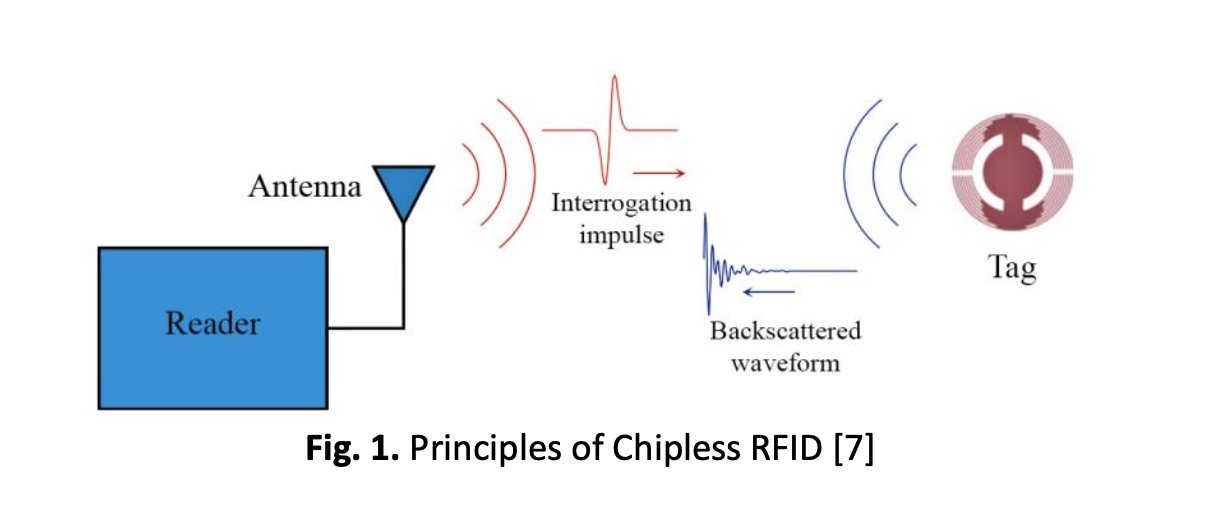Design of A 20-Bit Chipless RFID Tag Utilizing Multiple Resonators in UWB Frequency Range
DOI:
https://doi.org/10.37934/araset.29.2.2537Keywords:
Chipless, Radio frequency identification, Tag, Internet of things, Sensors, Ultra-wideband, Wireless communicationsAbstract
Radio frequency identification (RFID) is a growing technology for monitoring and recognizing objects, persons, or animals via wireless communications. Precisely, RFID can operate longer range and has an ability to be automated without human control. Chipless RFID tag basically is a RFID tag that does not require a microchip in the transponder. The major impediments in designing chipless RFID tag are data encoding and transmission. The passive chipless RFID tag can be fabricated on any substrate material without external operating circuit, which is different compared to a conventional chipped RFID tag. In this paper, 20 resonators are used to design a 20-bit chipless RFID tag, which operates at the ultra-wideband (UWB) frequency range between 3.00 and 10.00 GHz. It is found that the additional resonators can encode data and increase the chipless RFID tag's encoding capacity significantly. In sum, multiple resonators enable the chipless RFID tag to encode data at different operating frequencies.
Downloads




























